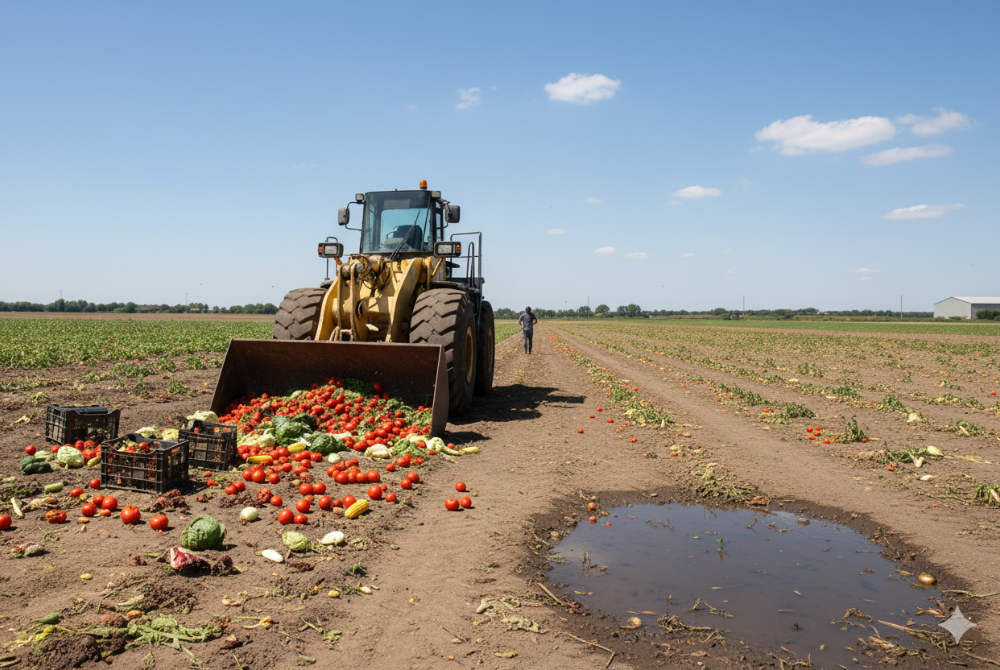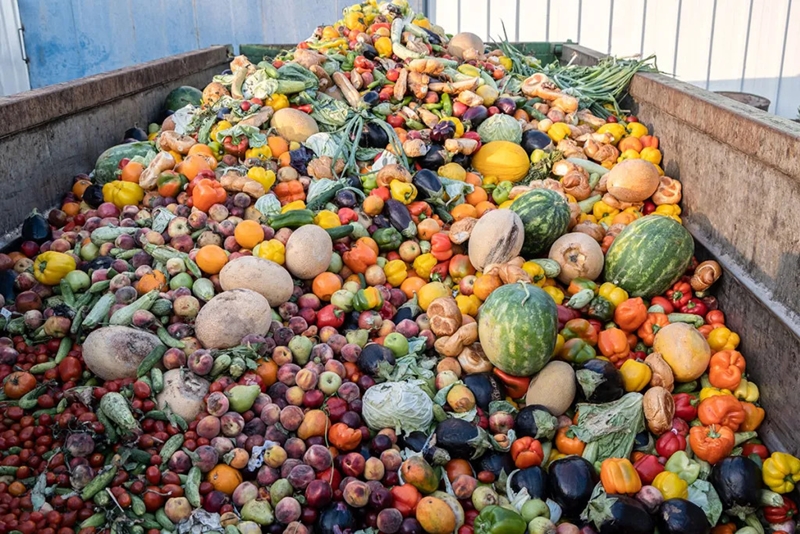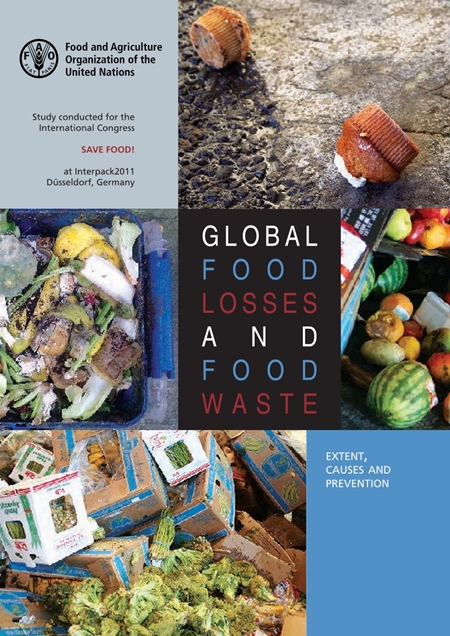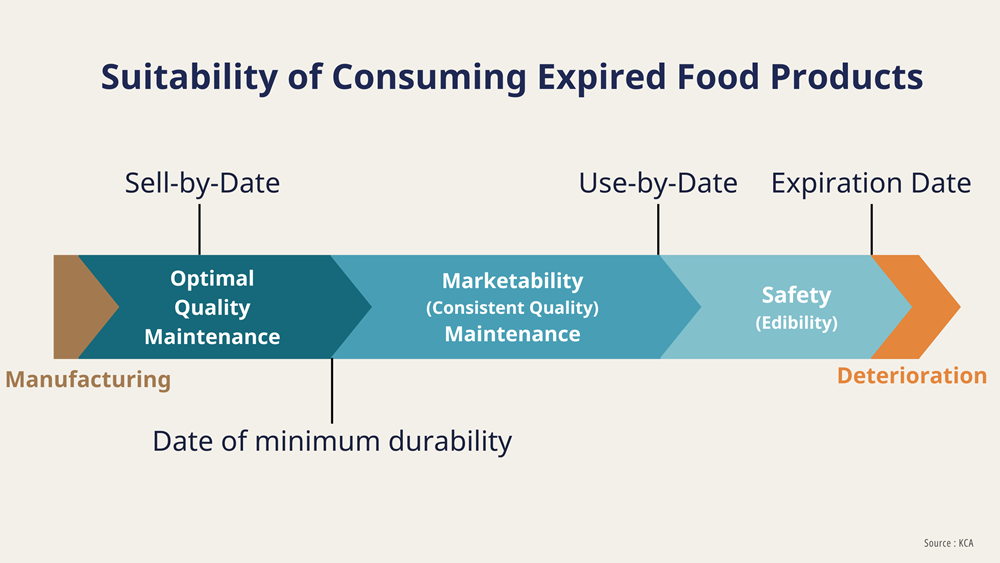Food loss and waste refer to the decrease in food quantity during the food supply process. This article examines the global situation, issues, and solutions for 'Food Loss and Waste,' a crucial topic in addressing poverty and hunger.
―
Q: What are Food Loss and Waste?
―

A: Food Loss and Waste refer to the decrease in food quantity during the food supply process. It's like having building materials disappear before a house is constructed. The food produced on farms is diminished by about one-third before reaching people’s tables.
● What is Food Loss?
'Food Loss' occurs from harvest up to the distribution stage, akin to building materials vanishing before a house is built. This issue is more prevalent in developing countries, with causes including inefficient harvesting methods, lack of storage facilities, and transportation issues.
● What is Food Waste?
'Food Waste' is similar to leaving materials unused after building a house. It occurs post-distribution, that is, at the retail and consumer stages. This is more common in developed countries, where overconsumption, improper storage, and confusion over expiration dates often lead to good food being discarded.
―
Q: What is the Scale of Food Loss and Waste?
―

A: According to the 'Global Food Losses and Waste' report published by the Food and Agriculture Organization of the United Nations (FAO) in 2011, nearly one-third of the food produced for consumption, approximately 1.3 billion tons per year, is wasted or lost.
Recent reports indicate some improvement. The United Nations Environment Programme (UNEP) Food Waste Index Report 2021 states that now only about 8-10% of food produced worldwide is wasted.
However, food loss and waste still pose significant environmental, social, and economic problems, especially concerning greenhouse gas emissions.
● Variations by Region:
Food loss and waste vary by region in terms of quantity and causes. In developing countries, significant losses occur post-harvest and during storage, while in developed countries, the problem is more about consumers purchasing food and not consuming it.
● Differences by Food Type:
The amount of waste also varies depending on the type of food. Fresh fruits and vegetables, and meat products are more prone to damage during storage and transportation. Additionally, consumers often purchase these items but end up discarding them without use.

Download the Report ↓↓↓ |
―
Q: What is the Impact of Food Loss and Waste?
―

A: Food Loss and Waste create problems far beyond just discarding food. The food we carelessly waste accumulates, significantly affecting our environment, economy, and society.
Can you believe that the food we waste hinders the achievement of the United Nations' Sustainable Development Goals (SDGs)?
● SDG 2: Zero Hunger
Over 800 million people worldwide suffer from hunger. Shockingly, one-third of the food we produce, enough to feed approximately 1.3 billion people, is wasted or lost. To solve the famine problem, we need to reduce food loss and waste.
To learn more about Zero Hunger, check out the following article! ↓↓↓ |
● SDG 12: Responsible Consumption and Production
Food Loss and Waste represent a waste of resources. The water, energy, and labor used in agriculture ultimately go into producing food that is not consumed. It's crucial to manage resources efficiently and produce food sustainably.
● SDG 13: Climate Action
Did you know that Food Loss and Waste also significantly impact climate change? Discarded food emits greenhouse gases as it decomposes, and the food production process itself leaves a carbon footprint. Thus, reducing carbon emissions in agriculture and promoting sustainable agriculture is necessary.
To better understand the global poverty situation, check out the following article! ↓↓↓ |
―
Q: How Can We Reduce Food Loss and Waste?
―
A: To address the issue of Food Loss and Waste, the Food and Agriculture Organization of the United Nations (FAO) and other international bodies propose various strategies and recommendations:
1. Efficient Food Supply Chain Management
○ Improving production and harvesting techniques: FAO suggests reducing early-stage losses through better harvesting technologies and methods, like mechanized harvesting or improved timing. Yet be sensitive, keeping in mind that in some cases it is proper to leave some grain standing for birds (e.g. cranes) that depend on leftover rice or barley to survive.
○ Enhancing storage and transportation infrastructure: Especially crucial in developing countries. Needs include refrigeration facilities, effective packaging, and improved transportation methods.
2. Consumer Awareness and Behavioral Change
○ Education and awareness: It's vital to educate people on proper food storage and cooking methods and raise awareness to avoid unnecessary food purchases.
○ Improving date labeling: Many consumers confuse ‘date produced’, 'best before' and 'expiration' dates, leading to unnecessary food waste. Clearer labeling can help reduce this.

3. Policy and Legal Framework
○ Developing policies and regulations: Governments should develop and implement policies and regulations to reduce food loss and waste, such as incentives for reducing food waste or taxes on food waste.
○ Globally-minded subsidies: Rather than paying farmers not to produce so as to bolster prices, the same funds would be much better used to send the surplus produce to countries in dire need.
4. Solutions Through Technology and Innovation
○ Encouraging technological innovation: Utilizing IoT, big data, blockchain, etc., can improve efficiency by providing information throughout the food's journey from origin to consumer.
○ Sustainable packaging solutions: Developing and applying eco-friendly packaging that preserves food longer can reduce environmental impact and maintain freshness.
5. Promoting Food Recycling and Reuse
○ Food donation programs: Expanding and encouraging programs to donate unsold food can reduce food waste and contribute to solving hunger issues.
○ Food recycling initiatives: Developing and promoting methods to recycle food waste into animal feed, energy production, or composting is necessary.
Additionally, there's the 'Food Loss and Waste Protocol' (FLW Protocol), a global standard for action to reduce food loss and waste. It provides guidance on how to measure and manage food loss and waste and use the best methods.
Download the Food Loss and Waste Protocol (FLW Protocol) This protocol includes measuring and monitoring food loss and waste, sharing best practices, and fostering cooperation among various stakeholders. |
―
For a Better Future
―

As we've seen, reducing food loss and waste is a critical challenge for a better future. The key to solving this issue lies with us, not with anyone else.
Shall we start with the meals we eat every day? Each of our small actions can lead to significant changes.
For instance, only buying as much as we need, being careful not to waste food, sharing food when possible, and properly storing it can make a big difference.
These small practices, when combined, can significantly contribute to protecting the planet and creating a sustainable future, where we all can live healthier and happier lives.
“Whenever food is thrown out it is as if it were stolen from the table of the poor.”
– Pope Francis –
Learn more: Zero hunger! For a world without hungry people |
Written by Sharon Choi
Director of Planning
Sunhak Peace Prize Secretariat

